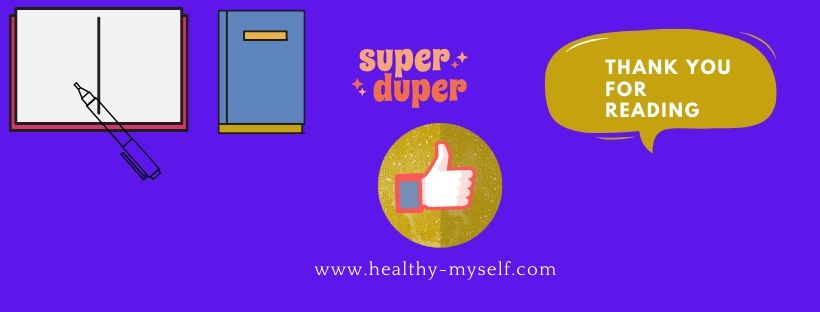[Know] Head Lice Symptoms, Cause & Home Remedies-In 2020!!
Head lice infestation isn’t a sign of poor personal hygiene and an unclean living environment.

It doesn’t carry bacterial and viral infectious diseases.
Please, stay here with us for 7 minutes only at- Healthy-myself and get knowledge from here and keep fit & save your family.
You can understand here- What Cause, Lice Eggs & Home Remedies and more…
Louse eggs are called nits.
These Nits look one sort of like dandruff, except they don’t brush and fall off as easily as dandruff.
They can survive up to 4 weeks on a person’s head and lay 10 eggs a day.
Since that means lice can multiply fast and it’s a good idea to treat head lice quickly.
Contents
What is- Head Lice?
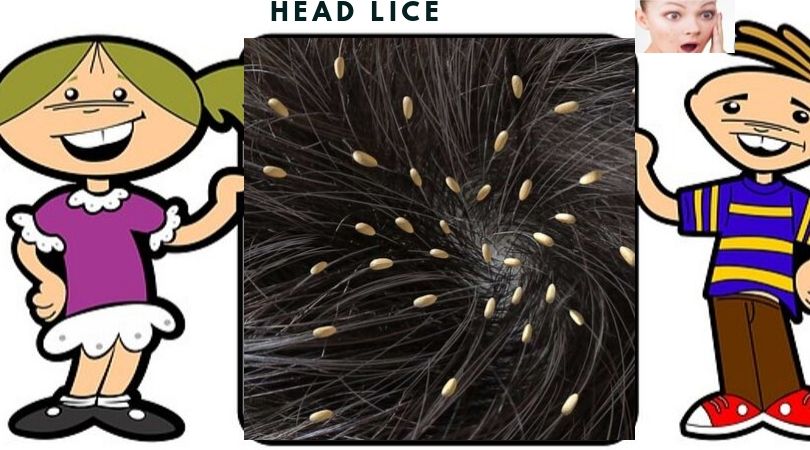
It is a tiny, wingless insect that lives among human hairs and feeds on extremely small amounts of blood.
Lice (the plural of louse) are a very common problem.
Kids are most likely to get lice and but teens can get them too.
Lice aren’t dangerous. They don’t spread disease.
They are contagious and, they can spread from person to person easily.
They’re also annoying: louse bites can itch.
If someone scratches a lot and it may lead to skin irritation and even infection.
They can survive up to 4 weeks on a person’s head and lay 10 eggs a day.
Since that means lice can multiply very fast and it’s a good idea to treat quickly.
A number of home or natural remedies are used to treat head lice infestations and but there is little to no clinical evidence of their effectiveness.
2. What Causes?:
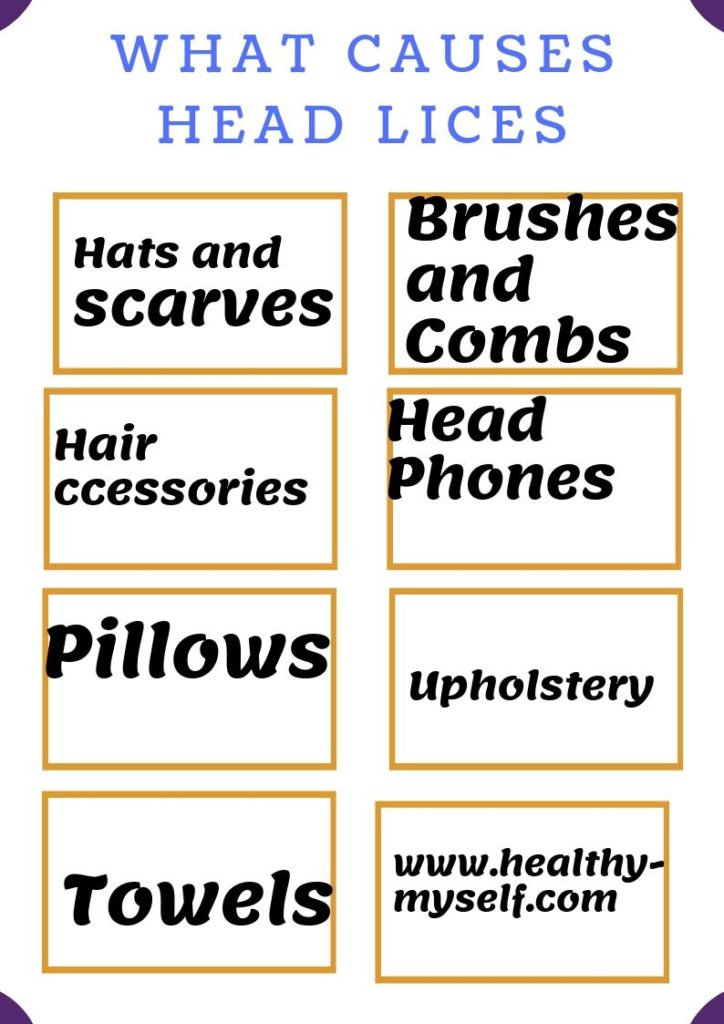
It is a tan or grayish color insect about the size of a strawberry seed.
It intakes human blood and it extracts from the scalp.
The female louse that produces a sticky substance and adheres to each egg to a hair shaft.
An egg is attached approx 3/16 inch- i.e.4 mm from the base of the shaft and environment that provides an ideal temperature for incubating the egg.
- Hats and scarves
- Brushes and combs
- Hair accessories
- Headphones
- Pillows
- Upholstery
- Towels
The indirect transfer could also occur among items of clothing stored together.

3.Lice Symptoms-
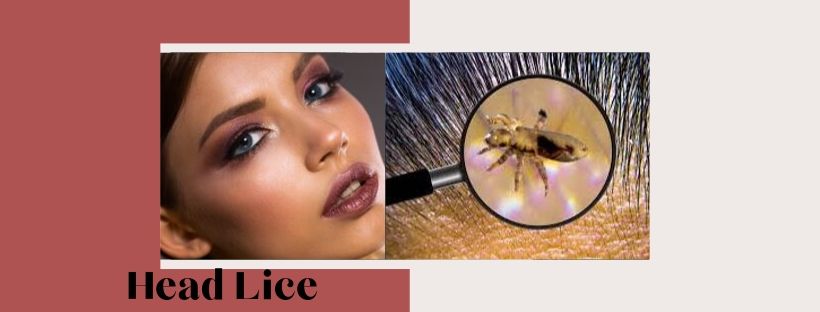
Any Time Itching-
Have you found your baby is itching anytime?
Itching on the scalp, neck, and ears are the most common symptom of it.
This is because of an allergic reaction to louse saliva.
When a person has an infestation for the first time, itching may not occur for two to six weeks after infestation.
Lice Found on the Scalp-
Lice may be visible and sometimes are difficult to spot.
As they’re small and avoid light and move very fastly.
Eggs Found on Hair-
Do you find any type of lice visible on his head?
Or Nits stick to hair shafts?
Then be careful.
Incubating nits may also be very difficult to see because they’re very tiny.
They’re easiest to see around the ears and the hairline of the neck.
Empty nits may be easier to spot as they’re lighter in color and further from the scalp.
However, the presence of nits doesn’t indicate an active infestation of lice.
4.Head Lice Pictures-

5.Head Lice Eggs:

Though Lice are tiny, still you can see them.
An adult louse is grayish-white in color and about the size of a small sesame seed.
Lice move very fast.
So, you can actually see their eggs than the lice themselves.
As you know- Louse eggs are called nits.
Lice attach their nits to pieces of hair and close to the scalp.
If nits are yellow, tan, or brown and, then it means the lice haven’t hatched yet.
If the nits are white and clear then, the lice have hatched and just the egg remains.
However, Lice eggs hatch within 1 – 2 weeks after they’re laid.
Besides seeing nits or lice on the head and itching feeling— or the feeling of something moving around on the scalp.
It is also another clue that you might have lice.
Like mosquito bites and , the itching is a reaction to the saliva of the insect. Some people with lice also get a rash and small red bumps by scratching.
6. Home Remedies-


Apply plenty of particular hair conditioner to the dry hair until it is saturated.
- Comb through with an ordinary comb and brush to remove tangles.
- Section and then comb the hair thoroughly with the nit comb in 4 directions – forwards, backward, left and right.
- Wipe the comb on a white paper towel to check that the dark adult lice and the paler hatchlings (young lice) are being removed.
- You may need to use a magnifying glass along with a strong light to see the lice and eggs.
- Continue combing the hair into the sections until the whole head has been checked.
- Some eggs will be removed by only combing.
- Then you may need to use your fingernails and to remove as many eggs as possible from the base of the hair shaft near the scalp.
- Hatchlings that emerge from missed eggs will be removed by combing by the conditioner over the 10-day period.
- Only eggs of size within 1cm of the scalp will hatch.
- Eggs that have grown further out with the hair shaft will have already hatched or died.
- When you have finished checking and rinse the conditioner out and dry the hair.
- Repeat this procedure for every 1 to 2 days over the 10-day treatment period.
- To save time during a school week and consider this combing schedule such as Tuesday, Thursday, Saturday, Sunday, Tuesday, Thursday.
7. Prevention

Special Care:
Check the waste material after combing for adult head lice each day after combing.
If any are found then this indicates a new outbreak and you will need to start again from day 1, as new eggs may have been laid by the adult lice.
Check for head lice-1/week- at least for 4 weeks after you complete the 10-day treatment.
You may wish to do this on the weekend and when you have more time. Applying plenty of hair conditioner it makes combing easier and more effective.
Check all other household members for head lice and treat at your possibility.
You can use head lice special shampoo also-

8.Conclusion:
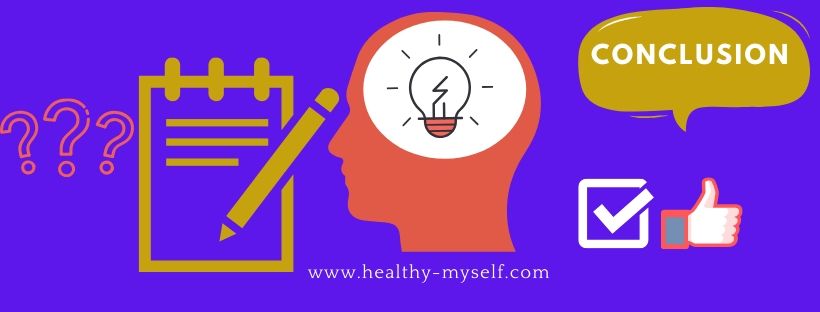
Care should be taken when using products:
- if you are pregnant or breastfeeding
- in children less than 12 months old
- in people who have allergies, open wounds on the scalp, or asthma.
All products can cause reactions.
If you are unsure and check with your pharmacist or doctor.
No topical insecticide treatment which kills 100 % of the eggs.
So treatment must involve by 2 applications and 7 days apart.
If you choose not to use an insecticide then the comb and conditioner method described above can be used every second day until no live lice have been found for 10 days.
You can read-
https://en.wikipedia.org/wiki/Head_louse for further more information.
- What kinds of content would you like to see more on this blog?
- I’m trying to improve my website’s usability. Is there anything on my site you’re having trouble finding?
- What am I missing here?
- Let me know in the comments section and I’ll add it in later!
